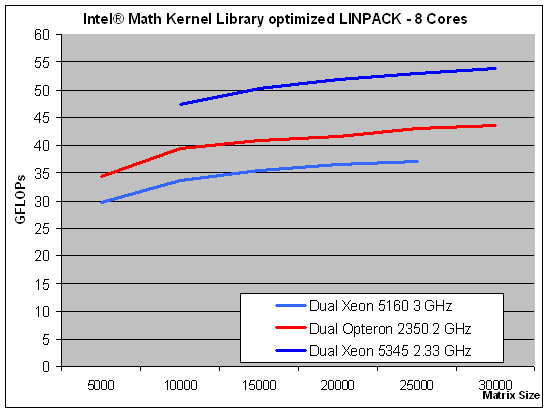

Use identical dual-rank, registered DIMMS for all memory slots.

Every memory channel should be occupied by at least one DIMM. Intel 3rd Generation Xeon Scalable processors supports 8 memory channels per processor. Populate all memory channels with the fastest DIMM speed supported by the platform. Hardware Configuration DIMM Slot Configuration Support for Intel® Optane™ Persistent Memory 200 series.Intel® Speed Select Technology (Intel® SST).Intel® Security Essentials supporting Intel® Security Libraries for Data Center (Intel® SecL-DC).Intel® Advanced Vector Extensions (Intel® AVX).Increased DDR4 memory speed and capacity (2 integrated memory controllers 4 channels per controller).More Intel® Ultra Path Interconnect (UPI) links.Enhanced Intel® Deep Learning Boost with VNNI.

Here are some of the features in these new processors: 3rd Generation Intel® Xeon Scalable Processorsģrd Generation Intel® Xeon® Scalable processors (former codename “Ice Lake”) deliver industry-leading, workload-optimized platforms with built-in AI acceleration, providing a seamless performance foundation to help speed data’s transformative impact, from the multi-cloud to the intelligent edge and back. However, HPC applications may be affected differently by settings using in this guide therefor performance improvement for any single application cannot be guaranteed. Configuration settings should be beneficial to a broad list of multi-node applications using MPI libraries. The objective of this guide is to provide an environment optimized for typical multi-user production clusters. No other hardware has been evaluated for this guide. For HPC clusters, the goal is to reduce workload runtimes for applications using MPI libraries and high-performance fabrics This guide will cover many system and software configuration options that have been demonstrated to improve application performance in internal controlled tests.Īll configuration settings are intended for multi-node HPC clusters running 2-socket 3 rd Generation Intel® Xeon processor-based servers. Optimizing performance of servers used for the high-performance computing (HPC) applications may require different configuration options than for servers used with other enterprise applications.


 0 kommentar(er)
0 kommentar(er)
